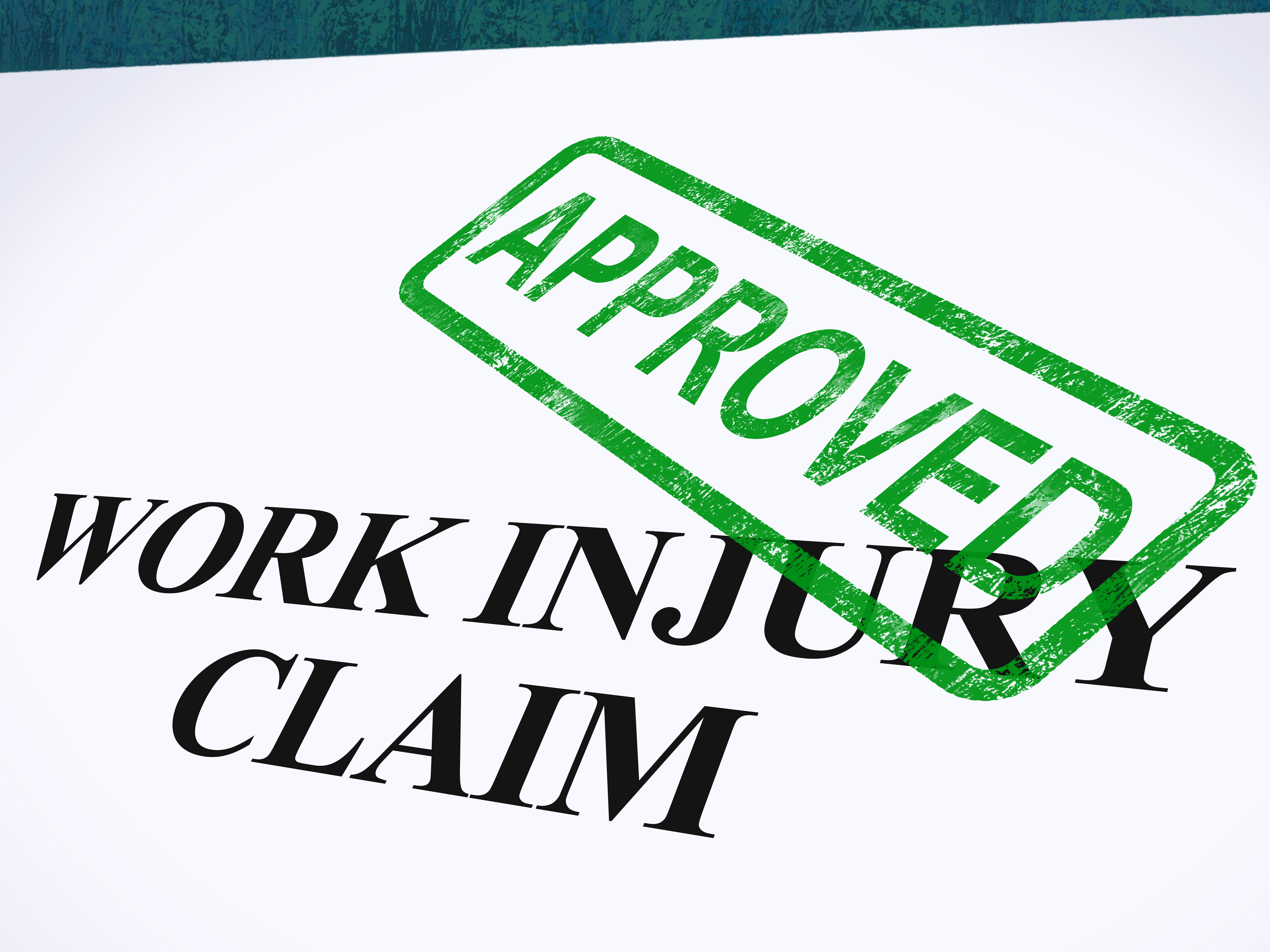To generate the list of Top forty precincts for a proposed Montgomery County Democratic Get Out The Vote effort, I manipulated a matrix that contains a lot of voting data for each of Montgomery County’s 360 precincts. I loaded this data by hand from the Board of Elections webpage some time ago.
First, I sorted the 360 precincts to find all of those precincts that voted for Hillary Clinton by a rate of 65% or more. This produced a list of 77 precincts. On this list of 77 strong Democratic precincts, the highest percentage that a Montgomery Count precincts voted for Hillary is an amazing 98.4% voting, and the lowest is 67.5%. The average for the group is 90.6%
Next, of these 77 strongly Democratic precincts, I found the 40 that had the lowest voting rates in 2014 — the election that parallel’s this year’s election. The turn-out for these 40 precincts in 2014 was a measly 25.2%. Think of it, only one-fourth of registered voters in these heavily Democratic precincts exercised their right to vote. This was even worse, much worse, than the anemic turn-out for the whole county which was 39.9%. (The lowest percentage of turn-out in this list is a shocking 16.7% !)
These 40 precincts with their 36,000 registered voters have the potential of producing a lot of Democratic votes. But, the problem is, if these precincts vote as the same rate as they did in 2014, about three-fourths of the registered voters — 27,000 — will not vote. If all of these 27,000 missing voters actually voted, however, about 10% or 2700 would go Republican and about 90%, or 24,300, would go Democratic — a net gain for Democrats of a whopping 24,300 votes !
Using data not shown in this graph, it looks like about 67% of registered Democrats in these 40 precincts voted in 2014 — a big improvement overall turn-out rate of 25.2%, but this means that in 2014, about one-third of registered Democrats stayed home ! This failure of Dems to vote meant that in just these 40 precincts, the Dems lost 2468 votes.
The challenge is to create a strong GOTV plan.
This shows the last few lines of the graph with the summation. :

The headings to the columns are: Precinct Name, Ohio House District, Precinct Leader, Roll in 2012, Vote in 2012, % in 2012, Roll in 2016, Vote in 2016, % in 2016, Dems registered in precinct in 2016, % of vote for Hillary 2016, Roll in 2014, Vote in 2014, % vote in 2014, % of voters who are Dems, % vote for Obama in 2012


 I’d like to see the Montgomery County Democratic Party challenge the Montgomery County Republican Party to a Get Out The Vote contest. I’m working on drafting a proposal for the Central Committee to consider that outlines a contest between the 75 precincts in Montgomery County with the highest percentage votes for Hillary vs the 75 precincts with the highest percentage votes for Trump.
I’d like to see the Montgomery County Democratic Party challenge the Montgomery County Republican Party to a Get Out The Vote contest. I’m working on drafting a proposal for the Central Committee to consider that outlines a contest between the 75 precincts in Montgomery County with the highest percentage votes for Hillary vs the 75 precincts with the highest percentage votes for Trump.





















